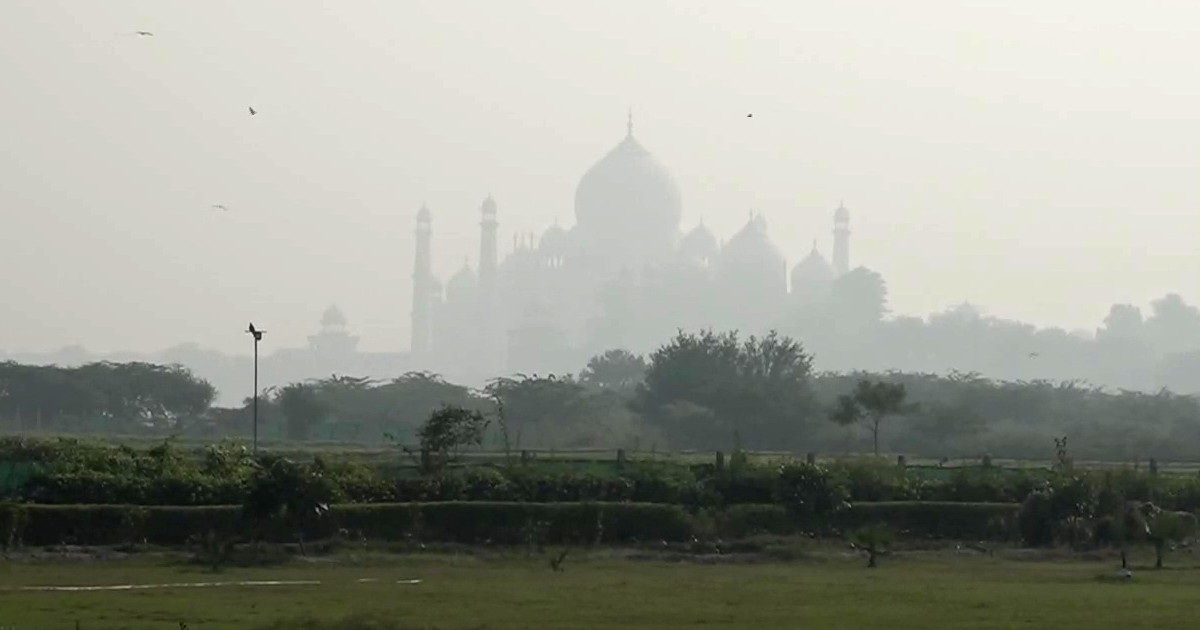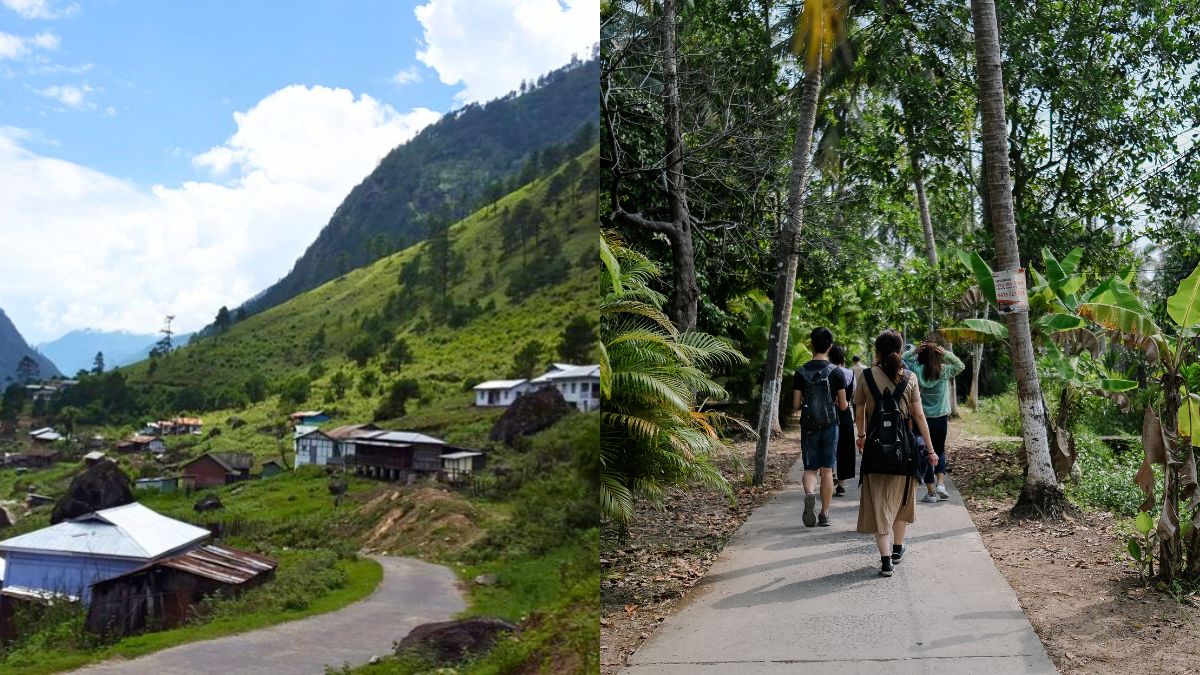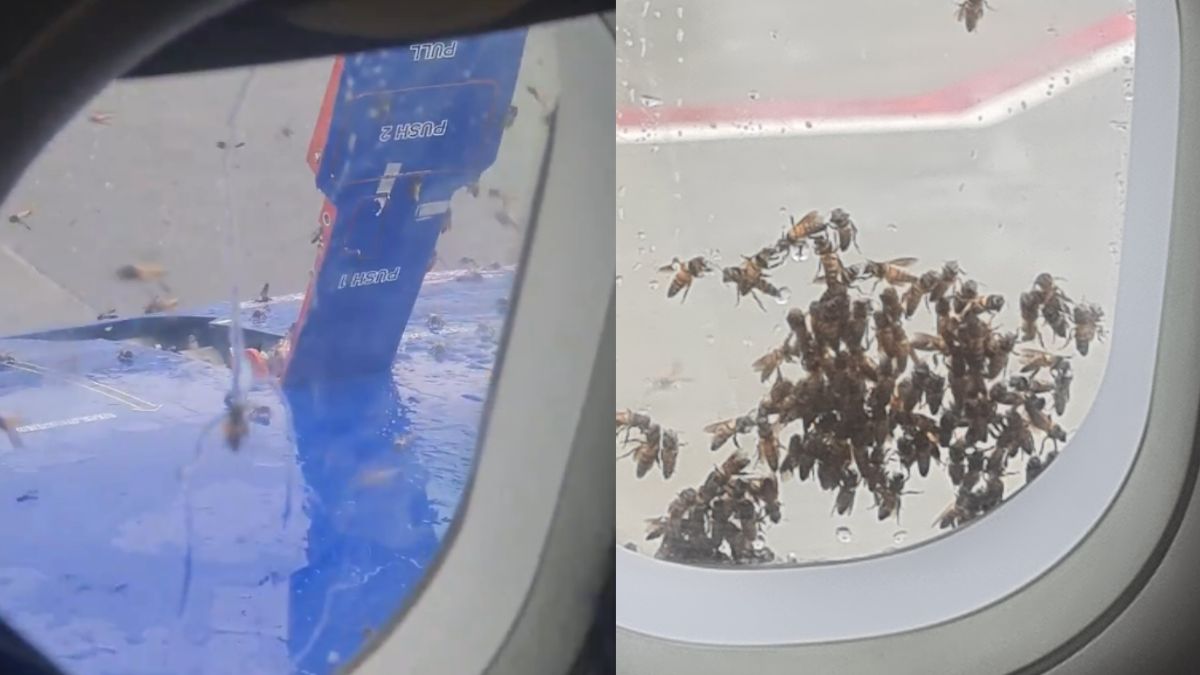If you’re planning to visit the majestic Taj Mahal for a romantic getaway, then perhaps now is not the best time. The Wonder of the World is covered behind a blanket of smoky haze amid thick smog post-Diwali. The Air Quality Index (AQI) reported severe in Delhi-NCR and other destinations nears western Uttar Pradesh. Read on to know more.
Taj Mahal Invisible Due To Heavy Smog After Diwali
Taj Mahal, the mesmerising marble beauty has disappeared under a thick layer of smog. The spellbinding monument is barely visible even from a distance of just 100m. The AQI in Agra is currently reported as “severe” post-Diwali celebrations. In 2020, Agra’s AQI was recorded as “very poor” post-Diwali. This year, it’s worse. Agra has been suffering from severe air pollution since November. Heavy smog has clogged the streets due to the continuous bursting of firecrackers, causing drastic air pollution, despite the cracker ban by the Uttar Pradesh government.
Also Read: Not Taj Mahal, This Man Built A Rotating House For His Wife So She Can See The World
Taj Mahal enveloped in smoky haze in Agra, as the overall air quality in the city remains in 'severe' category as per Central Pollution Control Board
We had come here to click pictures of Taj Mahal but due to air pollution its not clearly visible from far, says a visitor to Agra pic.twitter.com/M1KtDopGxg
— ANI UP/Uttarakhand (@ANINewsUP) November 7, 2021
Also Read: 6 International Airports Where Indians Can Get Free City Tours During Long Layovers
Agra AQI Recorded As Severe
Central Pollution Control Board (CPCB) recorded the AQI as 419 at 10 am and then a severe 432 at 2 pm on November 5. The next day on November 6, a day after Diwali, the AQI was around 150 notches higher than the previous day. Moreover, according to PTI, there has been a rise in Agra locals, suffering from respiratory issues as a dense layer of smog envelops the city. Apart from firecrackers for Diwali, air pollution also rose due to crop burning and the movement of vehicles. Until you visit Uttar Pradesh, here’s a virtual tour of Lucknow, “The City of Nawabs“.




